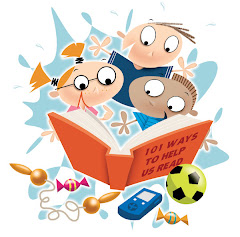Making a May basket is very easy to do. What you'll need:
construction paper
scissors (optional)
tape
stickers, stamps, or other decoration (optional)
flowers or candy
1. Draw a big triangle onto a piece of construction paper, then cut out along the lines. (Optional: instead of cutting out a triangle, just roll the piece of paper so it looks like a big waffle cone!)
2. Tape the edges of the triangle or cone together.
3. Using a long, thin piece of construction paper, tape it to the open end of the cone, making a handle for your basket.
4. Decorate! Stickers, stamps, crayons, and glitter all make great decorations.
5. Fill the basket with flowers from the yard or with candy.
6. Pick a friend, a brother or sister, a grandparent or anyone else whom you like. Very quietly leave the basket on the doorknob or in front of the door. Then, ring the doorbell or knock loudly. Run away! If you get caught, your friend gets to kiss you!
When you're all finished, go enjoy the sunshine and warm weather tomorrow. Happy May Day!
















